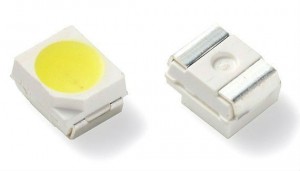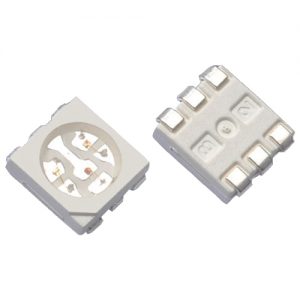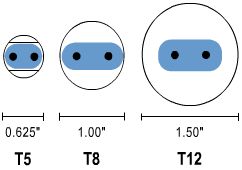SMD LED = surface mounted LED ที่ประกอบอยู่บนแผงวงจร
SMD LED ให้ความร้อนน้อย ใช้แรงดันและกระแสต่ำ นิยมใช้บนเมนบอร์ด,เร้าท์เตอร์,ยูเอสบี
แฟลชไดรว์,ฮาร์ดดิสค์และโปรแกรมอื่นที่มีพื้นที่จำกัด
SMD LED ถูกใช้ในจอแสดงผล LCD backlighting ไฟแป้นพิมพ์,ปุ่มกดบนเครื่อง
บินและงานชิ้นใหญ่ต่างๆอาทิเช่นไฟบ้านโฆษณา
คุณสมบัติ
ชิบขนาดเล็ก หุ้มด้วยสารอีพ็อกซี่เรซิน
ใช้พลังงานต่ำเพียง 1/8 ของหลอดไฟแบบไส้ หรือ 1/4 ของหลอดตะเกียบ
อายุการใช้งานยาวหากแรงดันไฟฟ้าสม่ำเสมอสามรถไช้งานได้นานถึงหนึ่งแสนชั่วโมง
ให้ความสว่างสูง
ความหมายของรหัสชิปแอลอีดี
SMD 3528
3528 คือขนาดของชิป 35×28 mm.
ให้กำลังไฟ 0.08 วัตส์/ชิป
SMD 5050
5050 คือขนาดของชิป 50×50 mm
ให้กำลังไฟ 0.24 วัตส์/ชิป
การทดสอบทางแลป SMD 5050 สว่างกว่า SMD 3528 สามเท่า











